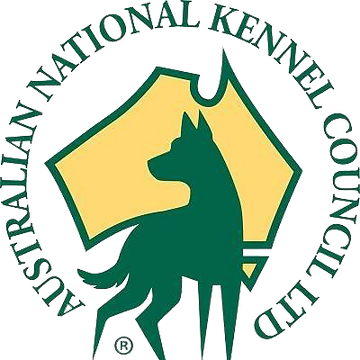Bull Terrier History
The Bull Terrier originally developed in the United Kingdom in the mid 1800s. The origin of the name “Bull Terrier” is somewhat of a mystery. One theory is that it is derived from the term “bull baiter”, referring to people who used to fight bull terriers in pit fights. Another possibility is that it was derived from the Irish word “bally-tear”, meaning “blue coat”. In any case, the Bulldog was a popular fighting dog, especially among the poorer classes. The origin of the modern Bull Terrier most likely began with crosses between the English White English Bulldog and the English White Pit Bull Terrier. In 1875, a professional fight promoter named John Craddock began breeding the dogs with heavier, more athletic bodies, and shorter faces. The modern-day version of the Bull Terrier is believed to have resulted from this breeding program.
Bull Terrier Physical Characteristics
The Bull Terrier is a small, medium-to-large sized breed of terrier that is typically between 14 and 21 inches in height and 30 and 55 pounds in weight. The Bull Terrier has a flat, broad head that tapers to a blunt muzzle, a square shape, and a docked tail. They have a thick, short, muscular neck, a moderately deep chest, and heavily boned legs. Their coat is short and smooth and comes in white with black markings, brindle, red, fawn, or combinations of these. The Bull Terrier is affectionate and fearless and makes a good guard dog.
Eye Colors
Brown
Nose Colors
Unknown
Coat Colors
Unknown
Height Range
Male Height Range: 21 – 22 inches
Female Height Range: 21 – 22 inches
Weight Range
Male Weight Range: 60 – 70 lbs
Female Weight Range: 50 – 60 lbs
Bull Terrier Health
Description of breed health.
Lifespan
10-12 yrs
Bull Terrier Health Concerns
Deafness (Whites), Kidney Problems, Mitral Valve Disease, Lethal Acrodermatitis, Entropion, Ectropion, Demodectic Mange, Eye Disease, Laryngeal Paralysis
Bull Terrier Temperament and Behaviour
The Bull Terrier is a confident, fearless, and courageous breed of dog. They are playful and energetic, but are also very loving and loyal to their owners. They are a very social breed, and usually get along with other animals and children. They are intelligent and can learn quickly, but they need to be trained early.
Bull Terrier Activity Requirements
Bull Terriers are small, compact, and muscular. While they were once used to hunt small game, today they are primarily a companion animal. While they are not as high-energy as some breeds, Bull Terriers do still require regular exercise. They are best suited to families who enjoy the outdoors. A daily walk or jog is a great way for Bull Terriers to stay active. A bored or lonely dog can quickly become destructive. If you are adopting a Bull Terrier, be sure to provide him with plenty of opportunities to burn off energy. A crate or other safe space where they can rest and relax is also important.
Miles Per Day
Unknown
Activity Per Day
Unknown
Daily Food
2.5 cups
Kennel Club Recognition

American Kennel Club
Recognized by the American Kennel Club
Bull Terrier is part of the Terrier group.
Visit the American Kennel Club website.

The Kennel Club
Recognized by The Kennel Club
Bull Terrier is part of the Terrier group.
Visit the Kennel Club website.

Australian National Kennel Council
Recognized by the Australian National Kennel Council
Bull Terrier is part of the Terrier group.
Visit the Australian National Kennel Council website.

Canadian Kennel Club
Recognized by the Canadian Kennel Club
Bull Terrier is part of the Terrier group.
Visit the Canadian Kennel Club website.
